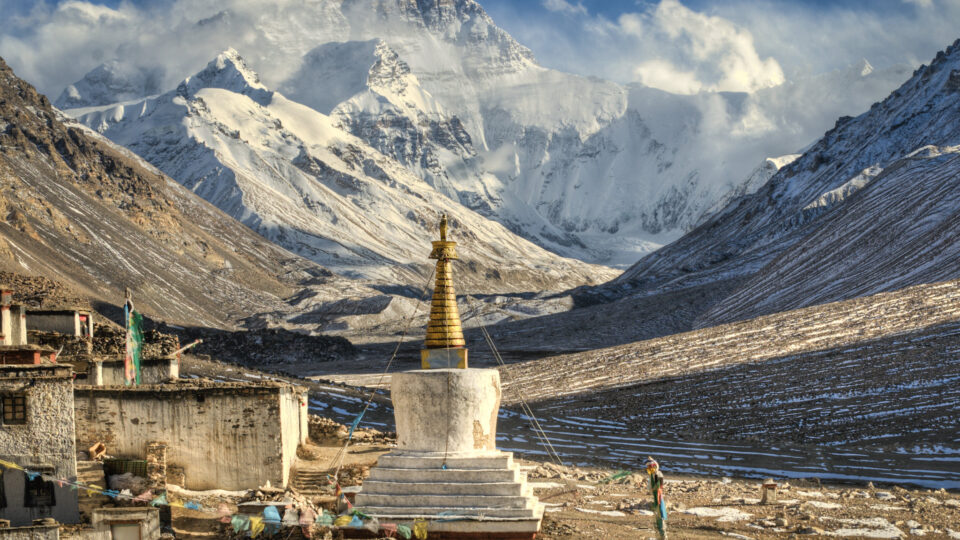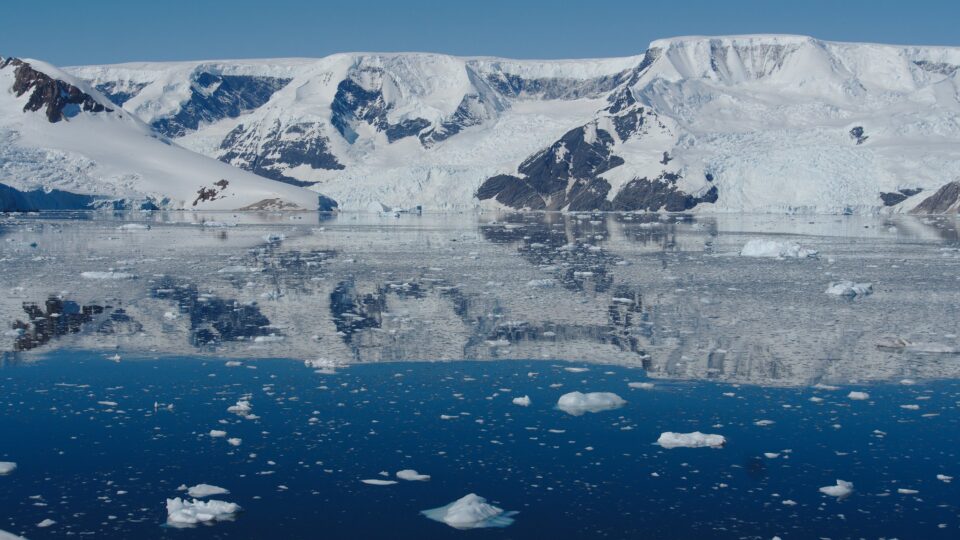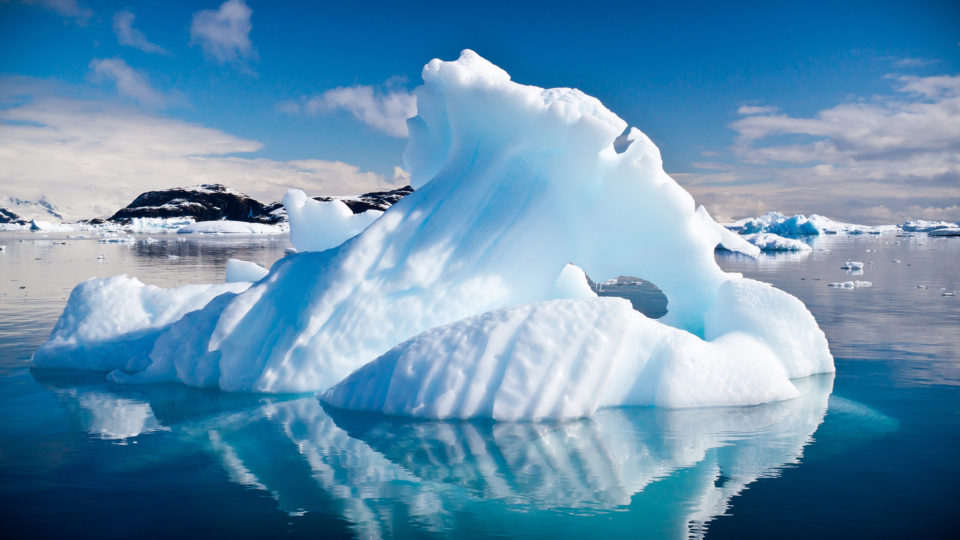Climate change has shown up in the highest place on Earth. The highest glacier on Mount Everest is rapidly retreating with rising temperatures.
New research by an international team led by the University of Maine and published in the journal Climate and Atmospheric Science has determined that the South Col Glacier atop Mount Everest has shrunk by half since the 1990s. Its ice mass has thinned by an estimated 180 feet.
The glacier used to be covered by snow, which reflected the sun’s light and insulated the mass of ice under the snow. But warmer temperatures, lower humidity, and more severe winds have eliminated the snow cover, fueling the decline of the glacier.
The study of the South Col Glacier highlights the critical balance created by snow-covered surfaces and exposes the potential for loss throughout high mountain glacier systems as snow cover is depleted by warming temperatures. When even the highest glacier on Mount Everest is impacted, it is clear that no place is safe from the warming climate.
The human significance of this development is substantial. More than 200 million people in Asia depend on meltwater from glaciers in the high mountains of the continent for their freshwater needs. But now glaciers in the mountains are melting faster than they can be replenished by snowfall.
As for Mount Everest itself, future expeditions on the mountain will face new challenges as glacier melting causes more avalanches and climbers accustomed to digging into ice and snow will need to scale more exposed bedrock. Climate predictions for the Himalaya in general all anticipate continued warming and continued loss of glacier mass.
**********
Web Links
Climate Change Has Reached the Top of Mount Everest, Thinning Its Highest Glacier
Photo, posted October 27, 2011, courtesy of Goran Hogland via Flickr.
Earth Wise is a production of WAMC Northeast Public Radio.


